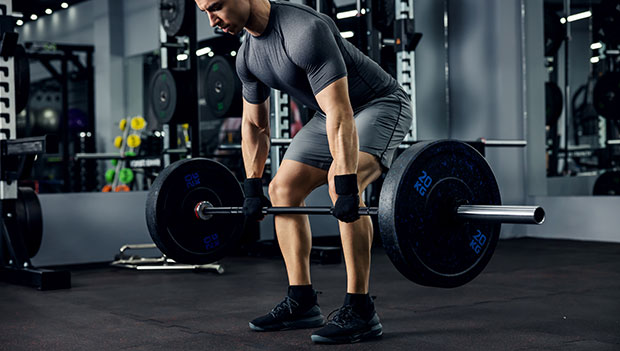
By clicking on the product links in this article, we may receive a commission fee at no cost to you, the reader. Sponsorships and affiliate commissions help support our research so we can help you find the best products. Read full affiliate disclosure here.
If you're putting up heavy weights, a good pair of weightlifting shoes is a necessity. The right shoes provide a solid foundation, ample ankle support, and an elevated heel to ensure you maintain proper posture. Weightlifting shoes have a higher heel than other types of workout shoes—typically in the 15- to the 20-millimeter range—that forces you to lean forward throughout your movements. This not only translates to better lifts, but it also helps reduce your risk of injury.
The Best Weightlifting Shoes - Our Top Picks
- Best Overall Weightlifting Shoes: Nike Savaleos
-
Best Weightlifting Shoes Design: Nike Romaleos
-
Best Weightlifting Shoes for Women: Legacy Lifter III Women's
- Best Weightlifting Shoes for Men: Legacy Lifter III Men's
-
Best Weightlifting Shoes for Flat Feet: adidas Powerlift 5
-
Best Weightlifting Shoes for Cross-Training: GORUCK Ballistic Trainers
-
Best Weightlifting Shoes for Wide Feet: Do-Win Weightlifting Shoes
But just like there are many foot types out there, there are also different types of weightlifting shoes. Some are higher than others, some are narrower than others, and some are made for flatter feet. The right pair for you depends on what your individual needs are and what types of lifts you plan to do (deadlifting shoes are different from general weightlifting shoes, for example).
To help narrow the field, the ACTIVE Reviews Team put together a list of the best weightlifting shoes in several categories.
Why Trust Us?
ACTIVE.com's editorial team relies on the knowledge and experience of fitness and wellness experts including competitive athletes, coaches, physical therapists, nutritionists, and certified trainers. This helps us ensure that the products we feature are of the highest standard. Collectively, the team has spent countless hours researching equipment, gear, and recovery tools in order to create the most accurate, authentic content for our readers. Customer satisfaction is also a key part of our review process, which is why we only feature products that are highly rated. More importantly, each member of our team is a fitness enthusiast. Fitness may be our job, but it is also our passion. Therefore, we strive to bring you products that we trust and would personally use.
Best Overall Weightlifting Shoes - Nike Savaleos
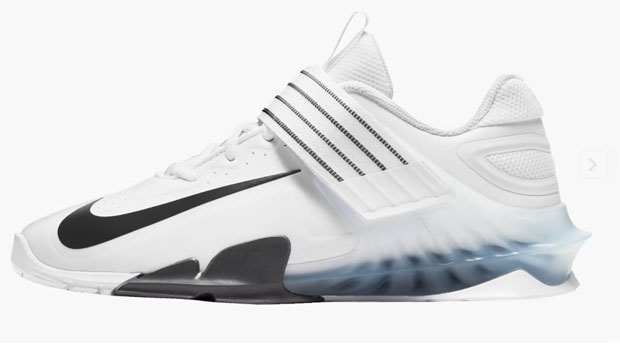
SPECS
- Key feature: Extra comfort features, like a padded heel and tongue
- Weight: N/A
- Heel height/heel-to-toe drop: 15 mm
- Sizes: 5-15
The Nike Savaleos are all about stability. They have a flat, wide sole, a hook-and-loop strap along the midfoot, and a 15-millimeter heel that come together to help secure and plant your feet, even during your heaviest lifts. They also have a rigid midsole that allows for some extra power transfer from the ground and gives you more momentum.
When designing this shoe, Nike paid particular attention to comfort. They have a padded mesh inset at the heel and a padded tongue. However, they do run a little small and have a somewhat narrow toe box, so many wearers recommend ordering a half size up.
What We Like
- Padded heel and tongue
- Hook-and-loop strap for extra support
- Rigid midsole
What We Don't Like
- Run small
- Narrow toe box
Best Weightlifting Shoes Design - Nike Romaleos 4
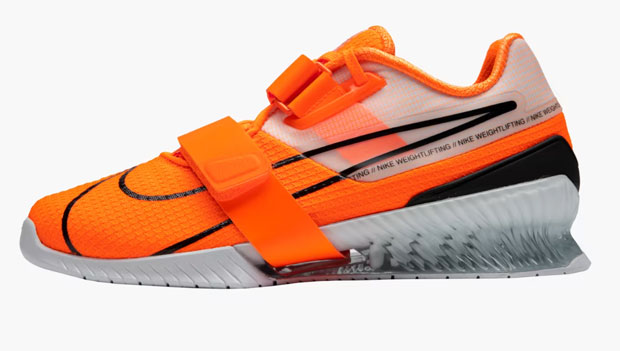
SPECS
- Key feature: Dramatic heel-to-toe drop
- Weight: N/A
- Heel height/heel-to-toe drop: 20 mm
- Sizes: 8-12
A great pair of weightlifting shoes really comes down to design and the Nike Romaleos 4, a favorite among CrossFitters, delivers. This updated design combines a flat outsole with adjustable straps that fall directly over the midfoot and a wide heel that provides a solid foundation for all types of lifts.
At 20 millimeters, they have a pretty significant heel-to-toe drop, which helps stabilize the ankle and minimize flexion. Combined with the rigid midsole, this heel-to-toe drop also allows for more power when pushing off the ground. To increase the stability, Nike added rubber treads to the outsole. Like many other Nike shoes, these do run a bit narrow.
What We Like
- 20mm heel-to-toe drop
- Rigid midsole
- Adjustable mid-foot straps
What We Don't Like
- Run narrow
- Expensive
Best Weightlifting Shoes for Women - Legacy Lifter III Women's
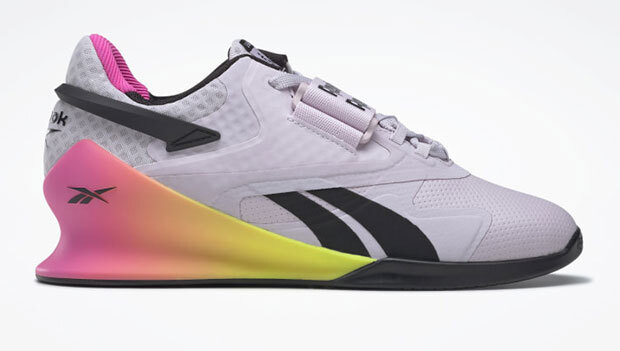
SPECS
- Key feature: Extra high heel
- Weight: N/A
- Heel height/heel-to-toe drop: 22 mm
- Sizes: 6-10
The women's version of the Legacy Lifter III has an identical design to the men's model. The higher heel height, slimmer design, and adjustable velcro strap over the midfoot ensure a snug fit that keeps your feet stable without restricting movement. The heel is designed with a TPU plastic that provides a solid foundation during heavy lifts and can withstand a lot of wear and tear on the platform. There's also a flexible upper and a grippy outsole that helps you plant firmly in place.
Like the men's version of this shoe, the Legacy Lifter II does run narrow, so you'll likely want to order a half size up.
What We Like
- Higher heel height
- TPU heel for added stability
- Adjustable strap
What We Don't Like
- Run small
- Expensive
BUY: Legacy Lifter III Women's
Best Weightlifting Shoes for Men - Legacy Lifter III Men's
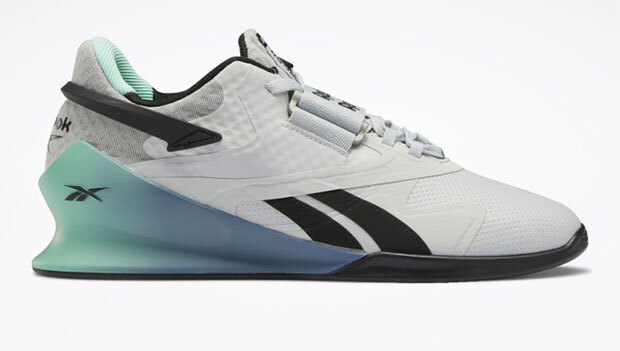
SPECS
- Key feature: Extra high heel
- Weight: N/A
- Heel height/heel-to-toe drop: 22 mm
- Sizes: 7.5-14
Thanks to its long sponsorship of CrossFit, Reebok has almost perfected weightlifting shoes (for men and women). The highly rated Legacy Lifter IIIs have a 22-millimeter plastic heel with a grippy rubber outsole and heavier construction that, together, provide the ultimate stability when you're on the weightlifting platform. The added heel height also helps with posture and ankle and hip angle to help you maintain the proper form during all kinds of lifts.
The downside of the higher heel is that it limits the function of these shoes. If you're looking for a strict weightlifting shoe, this isn't an issue, but these shoes won't safely carry you through WODs or other functional activities. They also run a bit on the narrow side, so if you have a wider fit you might want to consider the Do-Win Weightlifting Shoes instead.
What We Like
- Higher heel for added stability
- Grippy rubber outsole
- Heavier construction
What We Don't Like
- Not very versatile
- Runs a bit narrow
- Expensive
Best Weightlifting Shoes for Flat Feet - adidas Powerlift 5
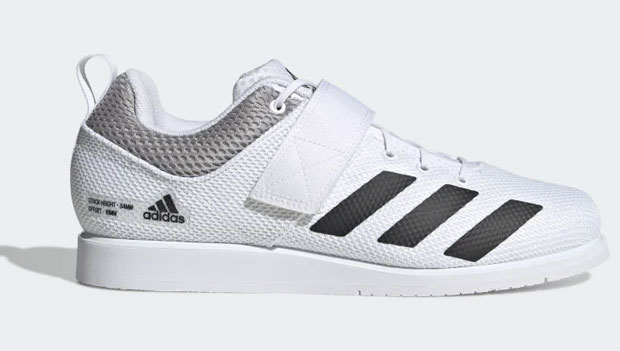
SPECS
- Key feature: Strap and laces combination to secure the midfoot, wedge for rock-solid stability
- Weight: 436g
- Heel height/heel-to-toe drop: 16 mm
- Sizes: 4-17
If you have flat feet, weightlifting can put extra stress on your body, especially if you're not maintaining the proper posture. The right shoes can help alleviate some of this stress. The adidas Powerlift 5's have a midsole wedge for rock-solid stability, and a canvas upper for added flexibility. Open-mesh insets help keep these shoes light and breathable.
The midsole drop is 16mm to account for the lack of arches on your foot. Plus, these shoes will keep you planted. The combination of strap and laces at the midfoot provides extra security, and the grippy rubber outsole helps your feet stick firmly to the mat each time.
What We Like
- Breathable and lightweight
- Combination strap and laces closure
- Grippy outsole and midfoot stability wedge for locked-down feel
What We Don't Like
- Run small
- Higher heel than the previous Powerlift 4 shoes
Best Weightlifting Shoes for Cross-Training - GORUCK Ballistic Trainers
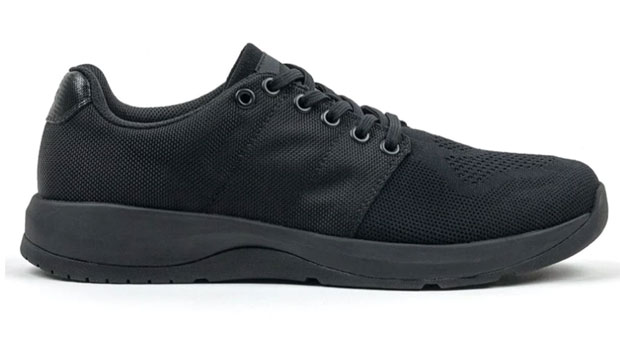
SPECS
- Key feature: 3-tier arch support
- Weight: 10.8 oz.
- Heel height/heel-to-toe drop: 8 mm
- Sizes: 6-14
The GORUCK Ballistic Trainers are designed for those who like to do it all. Thanks to the three-tier arch support system, they can seamlessly transition from static lifts to dynamic weight-bearing training like rucking. The shoe adapts with you as you move, providing the proper support in your arches to minimize the risk of injury and joint stress.
The heel-to-toe drop measures 8mm, which is smaller than Olympic-style lifting shoes, but the design is meant for versatility, which this shoe nails. The 10.6-ounce weight makes them ideal for cross-training since they won't bog you down when you're on the move. These Ballistic Trainers also have a wide toe box for added comfort and an extra pair of eyelets so you can lace your shoes up a little tighter if you want a better heel lock.
What We Like
- 3-tier arch support
- Lightweight
- 8mm toe drop
- Designed for versatility
What We Don't Like
- Minimal lateral support
- Not well-suited for longer distances
BUY: GORUCK Ballistic Trainers
Best Weightlifting Shoes for Wide Feet - Do-Win Weightlifting Shoes

SPECS
- Key feature: Wide toe box
- Weight: 17 oz.
- Heel height/heel-to-toe drop: 0.75"
- Sizes: 4.5-14
The Do-Win Weightlifting Shoes are a favorite among heavy lifters. These shoes have a 0.75-inch hard plastic heel, which is ideal for Olympic-style lifting, plus a wider-than-average toe box that offers more stability (and comfort) for those with wider feet. The single-sole construction and double metatarsal straps keep your feet stable while providing enough support for your ankles without limiting your range of motion.
The biggest gripe with these shoes is their weight. They weigh just 17 ounces, which isn't the heaviest weightlifting shoe on the market, but it's not the lightest either. The upside is that the extra weight can guide your feet, helping you firmly plant them with each lift. Shoe weight is also a personal preference, so they're ideal if you're not a fan of lightweight shoes.
What We Like
- Hard plastic heel
- 0.75" heel height
- Double straps
- Wide toe box
What We Don't Like
- On the heavier side
- Users report some sizing issues
BUY: Do-Win Weightlifting Shoes
What to Look for When Shopping for Weightlifting Shoes
Weightlifting shoes are specially designed to improve your stability and help you maintain the proper posture when lifting heavy weights. Outside of finding a shoe that goes with your personal style, there are some other things you should consider when shopping for a weightlifting shoe:
- Heel height: A standard weightlifting shoe has a heel height of around 15 to 20 millimeters. This added height not only provides a more stable base, but it also supports your knees and torso. This can translate to better lifts and helps reduce your risk of injury over time.
- Fit: Fit is another important consideration. When looking for a weightlifting shoe, you want to make sure it's designed for your foot type. If you have wide feet, trying to fit into a narrower shoe will limit how well you're able to spread your toes when trying to anchor. On the flip side, if you have narrow feet and you get a shoe that's too wide, it can decrease stability. For the best, most secure fit, make sure you're picking a shoe that works for your individual needs.
- Straps: Straps can't make up for an ill-fitting shoe, but they can improve stability when combined with a shoe that works for your foot. Adjustable straps give you a little more control over the tightness and security of your foot, allowing you to make the shoe a little tighter or looser as needed.
FAQs About Weightlifting Shoes
Do weightlifting shoes really help?
Yes, weightlifting shoes can force you to maintain the proper posture during squats and Olympic lifts, and help provide stability and support. You don't need weightlifting shoes to get some great lifts in, but they certainly help.
Are flat shoes better for weightlifting?
It depends on your needs. If you're doing deadlifts or other powerlifting moves, you may prefer a flat shoe, which puts your body in the proper position while still providing enough support.
Should I deadlift in weightlifting shoes?
It depends on the shoes. Weightlifting shoes with a high heel are not typically the best choice for deadlifting. A large heel-to-toe drop can force your body to lean forward when deadlifting, which not only negatively affects your performance, but can also lead to stress and injury over time.
Flatter shoes also help minimize bounce during a deadlift and reduce range of motion—the goal when deadlifting.
About the Author

Lindsay is a functional nutritionist, writer, and editor. She has written 15 books and numerous articles on fitness, wellness, and nutrition. Her work appears on Forbes.com, CNET.com, Healthline.com, Garagegymreviews.com, CNN.com, mindbodygreen,com, and LIVESTRONG.com, among others.
Get ACTIVE on the Go


Couch to 5K®
The best way to get new runners off the couch and across the finish line of their first 5K.
Available for iOS | Android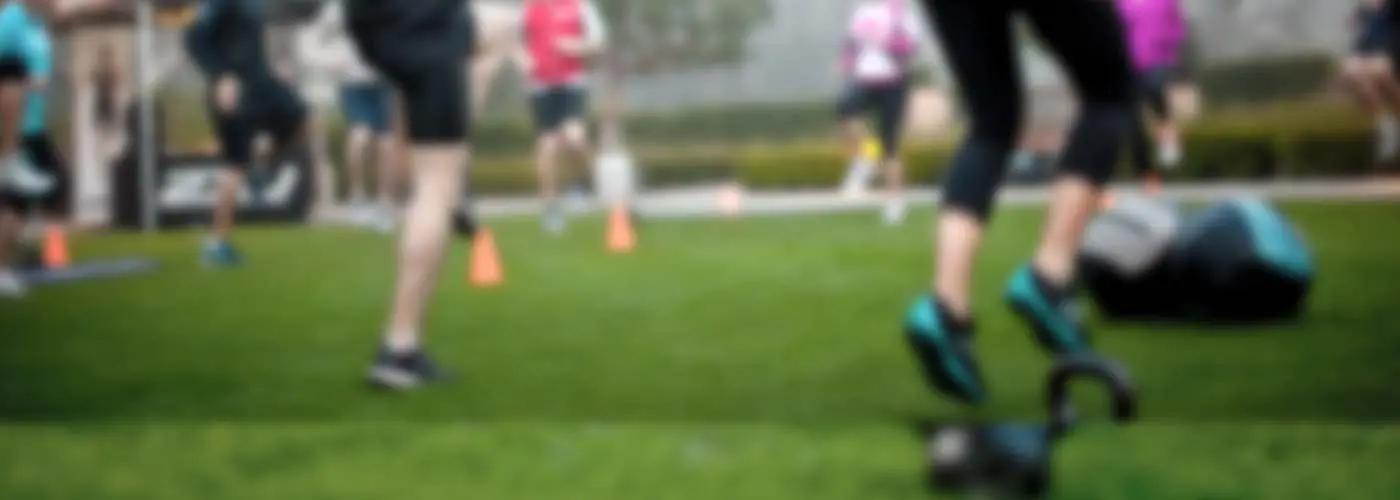




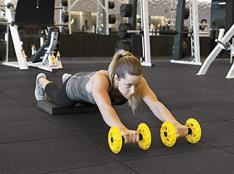
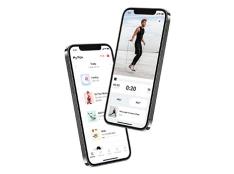


Discuss This Article